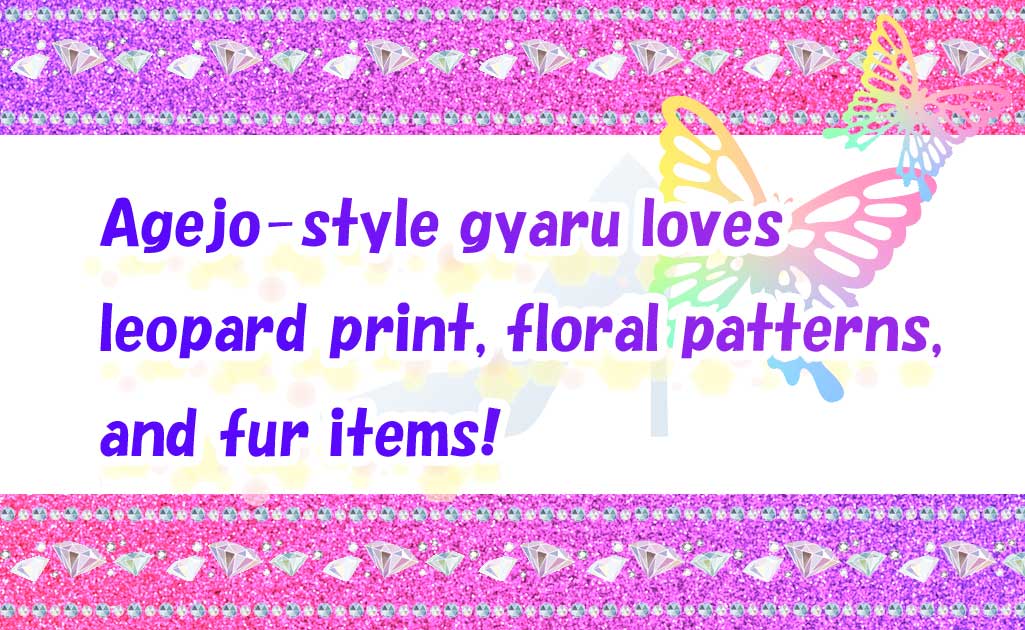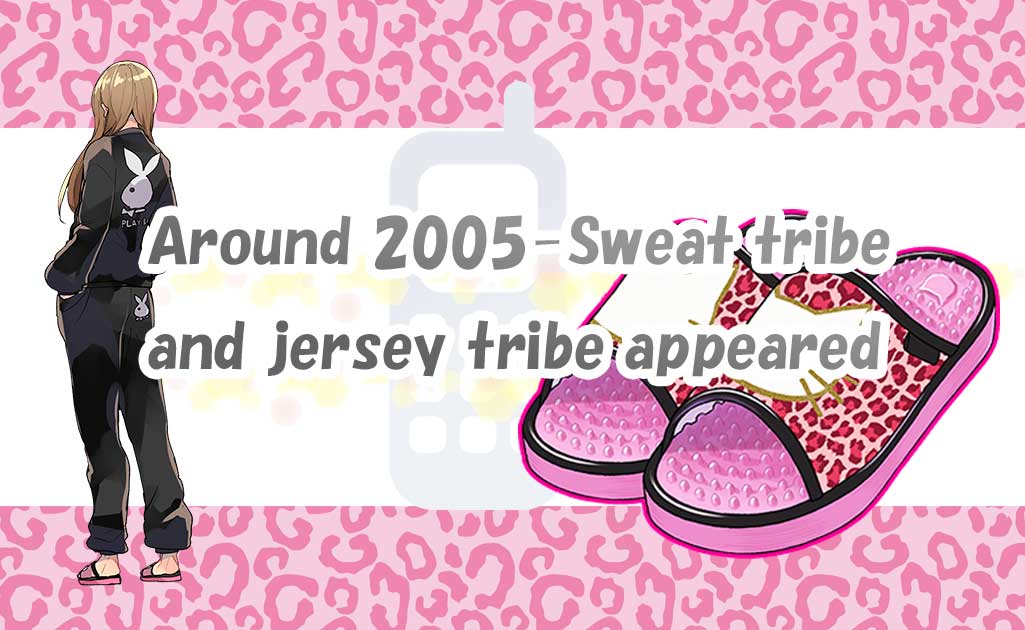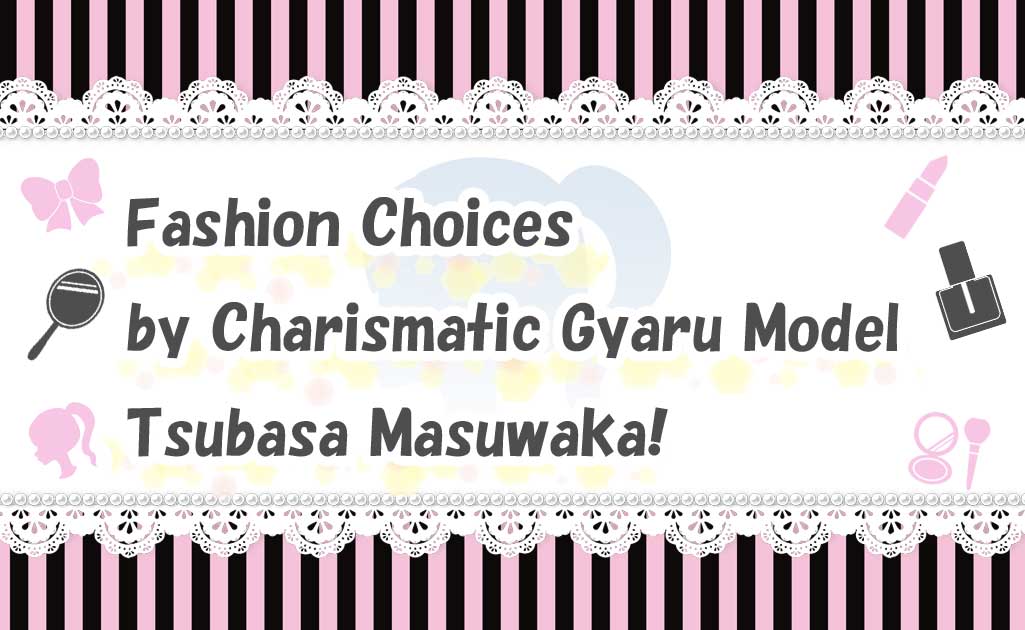The Agejo-style gal trend gained popularity due to the influence of the magazine "Koakuma Ageha," which was first published in 2006.
These girls often sported bumpy hairstyles, bold makeup, leopard print or sexy dresses, and fur items.
Here, we will introduce some popular coordinates and trending items among the Agejo-style gal.
What were some popular coordinates among Agejo-style gal with fair skin?
Leopard print coat × knee-high boots
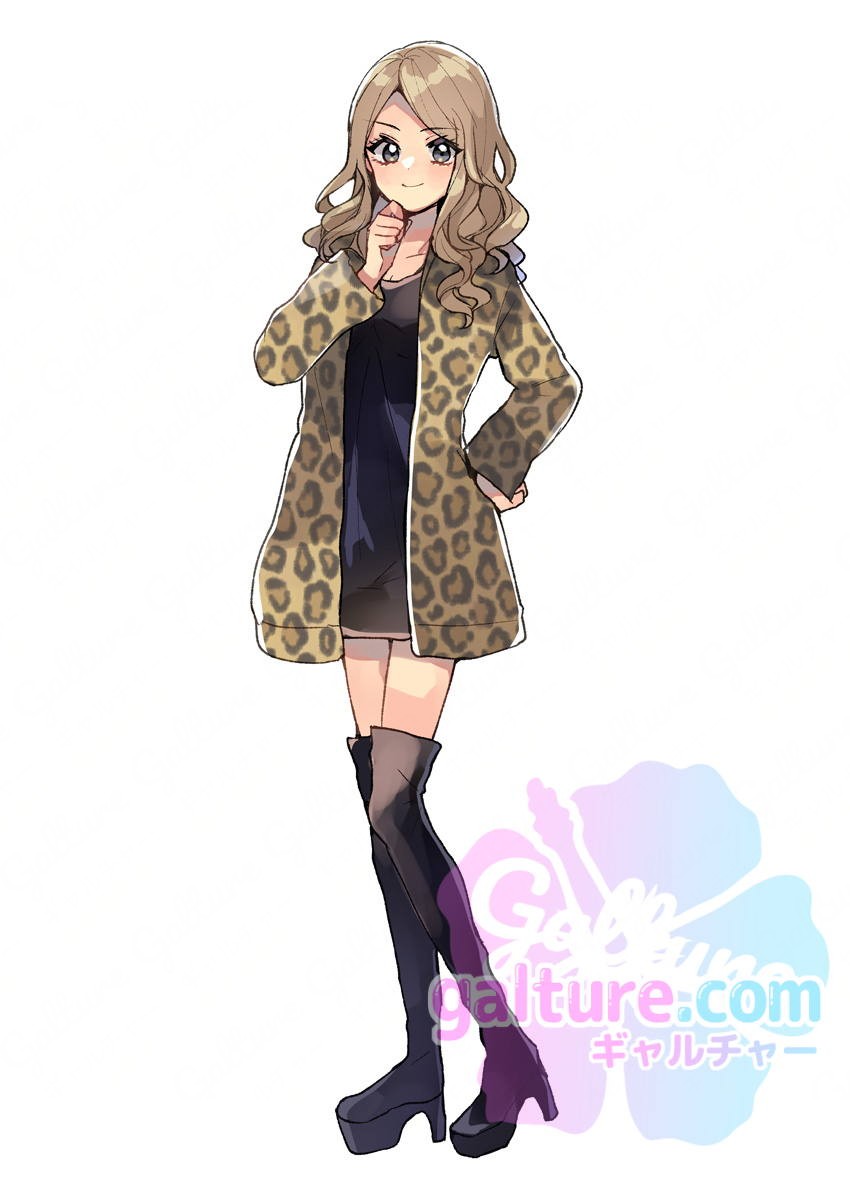
Animal prints were extremely popular among shiro gal (), who loved flashy styles!
The three representative animal prints were "leopard print," "zebra print," and "Dalmatian print," with leopard print being especially popular.
At the time, various leopard print items were sold, from clothing to bags and accessories, and many gal owned multiple leopard print items.
Among these, the classic coordinate of a leopard print coat paired with black knee-high boots was the epitome of the style!
There were many shiro gal who wore this coordinate with curly hair.
.Shiro gal... Refers to gal who do not tan their skin but rather strive for a fair complexion. This term is used as the antonym for "dark-skinned gal" who tan their skin.
Tunic dress × stockings

Tunic dresses sold by Shibuya 109 brands such as "LIPSERVICE" and "EGOIST" featured designs that flared towards the cuffs and had a wide, twisted neckline.
These dresses were popular among older gal as they beautifully accentuated the body line while also providing a sexy appeal.
Patterns ranged from simple plain designs to Pucci prints () and lace patterns.
Coordinating the dresses with black stockings or fishnet tights added an extra level of sexiness and was a popular choice.
.Pucci print... A type of geometric pattern characterized by gaudy and daring color combinations. It can sometimes be described as a marble pattern. The term "Pucci print" originates from the original geometric pattern created by the Italian brand "Emilio Pucci."
Set-up × fur tippet

Various types of set-ups also became trendy, featuring bicolor (), lace patterns, and tweed fabric ().
Wearing a corset camisole (now known as a cupped camisole) under the set-up and wrapping a fur tippet around the neck added an extra touch of elegance.
Many Agejo-style gal paired their set-ups with knee-high boots or fur short boots.
.Bicolor... A design that uses two colors within a single item. Often, the two colors have a significant difference in shade, such as black × white or black × beige, with one color used as an accent. This is also a characteristic feature of the bicolor design.
.Tweed fabric... A coarse-textured woolen fabric made from spun yarn (thick, short sheep's wool). Tweed fabric clothing is often sold by older-sister gal brands in the fall and winter seasons, as it gives off a sense of luxury and sophistication.
Floral dress × denim shirt
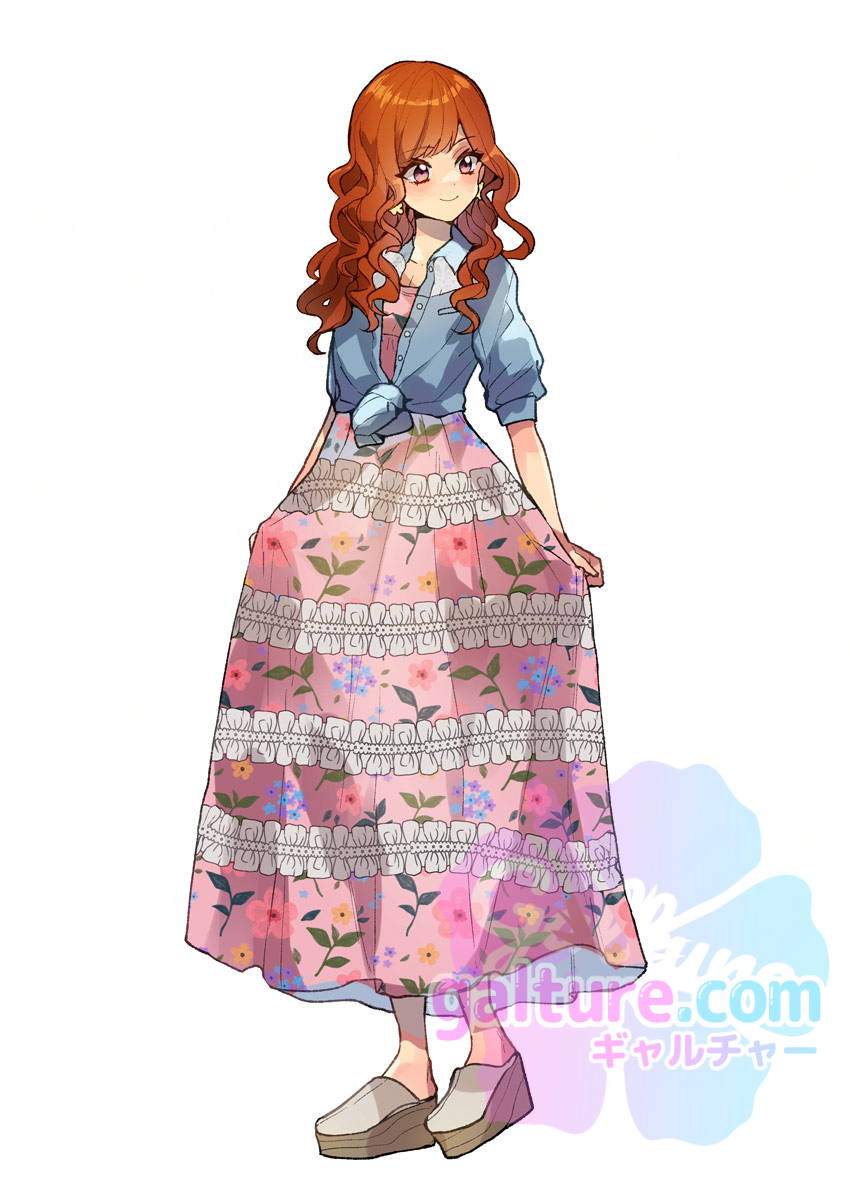
Along with animal prints, "floral prints" were also popular.
Various floral clothes like "camisole dresses", "maxi dresses", "all-in-ones" (), and "tight skirts" were in fashion, and everyone incorporated floral items into their spring and summer wardrobes.
The mainstream way to style floral clothing was to curl the hair and pair it with a dungarees shirt () and sabot sandals () for a sweet, feminine look.
.All-in-one... Refers to clothing where the top and bottom are connected. It may also be called "jumpsuit" or "romper." Although a dress can be considered an all-in-one, it is more common to call items with pants-type bottoms "all-in-ones."
.Ddungarees shirt... A shirt made from a type of denim called "dungaree." It is characterized by its thinner fabric compared to regular denim. Although simple designs are common, at the time, sweet (frilly) designs with lace around the collar and chest were popular.
.Sabot sandals... Sandals that cover the toes and top of the foot while exposing the ankle and heel area. Crocs sandals are an example of sabot sandals. Gal-style sabot sandals typically have heels.
What were the must-have trending items for shiro gal?
Denim shorts and mini skirts

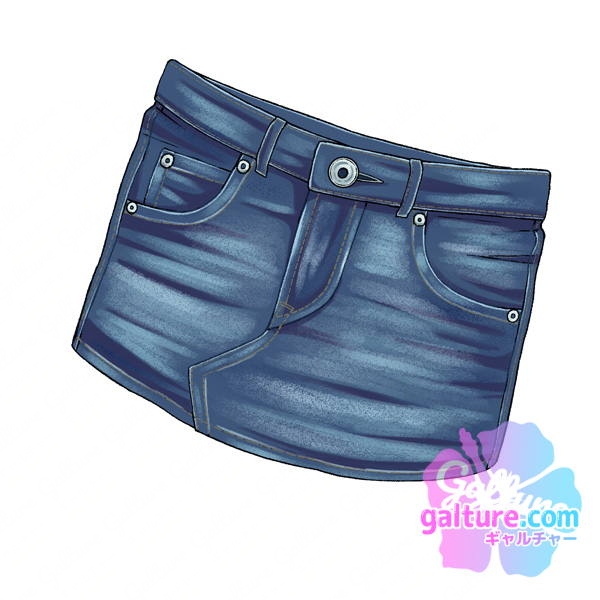
Denim short pants and mini skirts were the main trend for bottoms.
The shortest possible length was accepted by white gals.
Knee-high boots
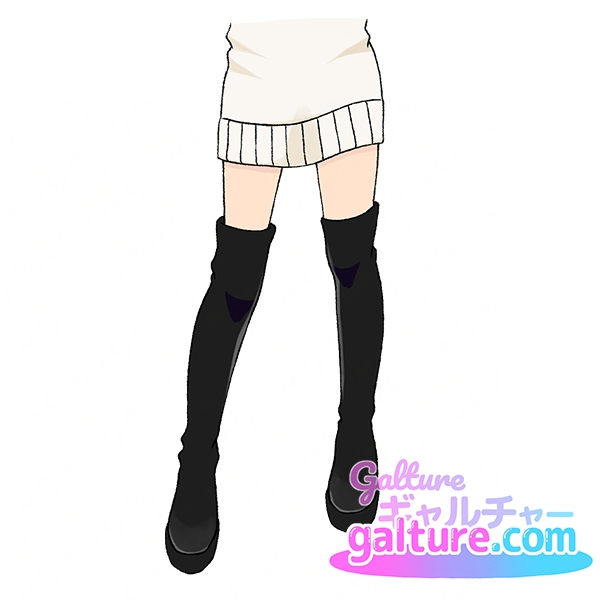
Knee-high boots are long boots that extend above the knee.
Pairing short dresses with knee-high boots created the "absolute territory coordinate," which made the style look better and was popular.
Black and beige knee-high boots were essential items that everyone owned, as they matched any coordinate.
Various designs of knee-high boots were sold at shoe stores like "Esperanza" and "R&E" located in Shibuya 109.
Fur boots and fur leg warmers


Fur boots, also known as "monster boots," and fur leg warmers, which could be used with pumps and sandals, were popular items among both fair-skinned and tanned gal ().
These items instantly created a trendy look, making them a favorite among gal of the time.
.Tanned gal... Refers to gal who tan their skin at tanning salons. The term is used in contrast to "fair-skinned gal," who do not tan their skin.
Fur tippet
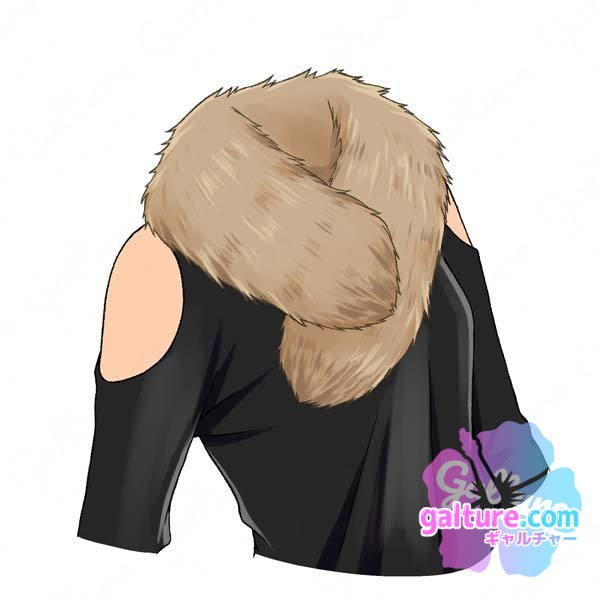
Fur tippet gives you a gorgeous, elegant and cute impression just by wrapping it around your neck.
Therefore, around 2010, it was a staple winter item for agejo-style gals.
Available in beige, black, and gray, the fur tippet allowed for different atmospheres depending on the color, making it a hit item that many fair-skinned gal owned in multiple colors.
Chain belts
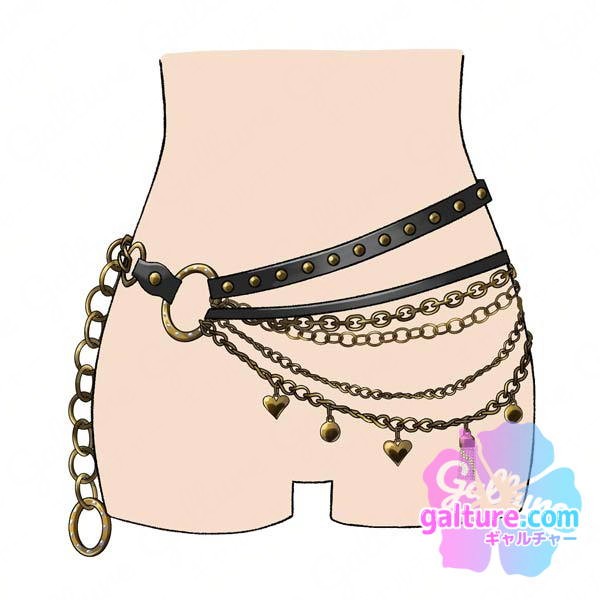
Another trend was wrapping chain belts, as an accessory, around the waist over skirts, dresses, or denim.
There was a wide variety of designs, from delicate chains with multiple layers featuring heart or star motifs and rhinestones, to chunky designs with thick belts and multiple chain layers.
Among others, delicate chain belts were more popular among gal.
Fur bags
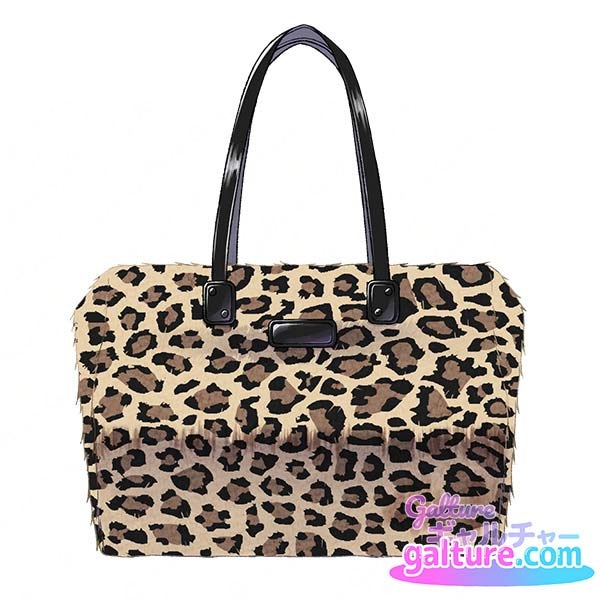

Fur bags with animal prints or in pink were popular fashion accessories that also served as accents.
Some gal even mixed and matched patterns, such as wearing leopard print clothes with a zebra print fur bag.
Looking back at the gal fashion of the time, it's clear that fur items were a significant trend. They also tended to prefer flashy designs over simple ones. Bold colors and patterned items were essential points in gal fashion.
Furthermore, feminine fashion items that emphasized body lines, such as sexy dresses and tight skirts, also attracted attention.
While many designs and items from that era are no longer commonly seen today, floral and leopard prints remain consistently popular.
